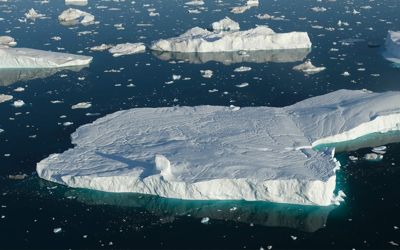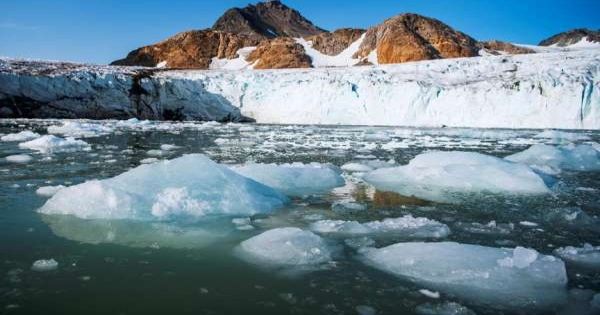The increase in the sea level could be higher than the current model project. Climate change allows seas to grow higher than scientists’ most pessimistic predictions, resulting in earlier flood threats for coastal ecosystems that are still struggling to adjust. Poor news for about 40% of humans living along the coast: a report reveals that the water level is rising higher than even the most gloomy climate change forecasts expected.
Scientists from the University of Copenhagen and the Norwegian Centre for Climate Research in Bjerknes have come up with a new method to calculate the vulnerability of the sea level to rising temperatures, which they reported in Ocean Science on Tuesday. And looking ahead, they estimated that water will rise even higher than the scientists anticipated, bringing an even stronger sense of urgency to the battle against climate change.
Scientists say the world’s oceans are warming far more quickly than previously thought, a finding with dire implications for climate change because almost all the excess heat absorbed by the planet ends up stored in their waters.
The word “sea level” sounds very simple, but the oceans are hardly ever level. Tides swell and ebb, areas of the sea rise and fall according to temperature and salinity, and shorelines, where researchers take samples, can also rise due to tectonic activity or sinking due to the abstraction of groundwater. Measurements along some of the world’s largest estuary networks can be distorted by human interaction over the decades with downstream drainage, and large areas of the ocean cannot be measured directly at all. The challenge, then, is to achieve an average increase in the water level for the whole world.

The increase in the sea level is expected to be faster and higher than commonly believed, according to experts who claim that recent forecasts are inconsistent with historical evidence. In the most recent report, the Intergovernmental Commission on Climate Change reported that the sea level is unlikely to rise above 1.1 m (3.6 ft) by 2100.
But climate researchers at the University of Copenhagen’s Niels Bohr Institute conclude that temperatures could increase by as much as 1.35 meters by 2100, in the worst-case scenario of warming. When they used historical evidence on the sea-level rise to validate the different models relied on by the IPCC for their estimation, they found a difference of around 25cm, according to a paper published in the journal Ocean Science.
Over Budget
If we want to keep on board with current climate projections and predictions, the global economy will need to cut carbon emissions by an additional 200 billion metric tons – about five years worth – above what analysts have already planned for in order to reach climate targets over the next century, the co-authored study and Copenhagen geophysicist Aslak Grinsted told Bloomberg.
“It means our carbon budget is even more depleted,” Grinsted said.
Wet Socks
According to the latest report, the sea level could increase by half a meter by the end of the century if temperatures were to rise by just half a degree Celsius. About two degrees Celsius—an amount of warming that is expected to occur at this point—the waters will rise by a full meter. “The scenarios we see before us now regarding sea-level rise are too conservative—the sea looks, using our method, to rise above what is believed to be the current method,” Grinsted said to Bloomberg.
Grinsted and his co-author, Jens Christensen, said they hoped that their model could be used in future scientific studies. “It is crucial for us to rely on model-based climate predictions to be able to reproduce the climate as realistically as possible,” said Christensen, professor at the Niels Bohr Institute. “We hope that this new comparison metric will be adopted to the greatest extent possible and can become a tool that can be used to compare different models.”















